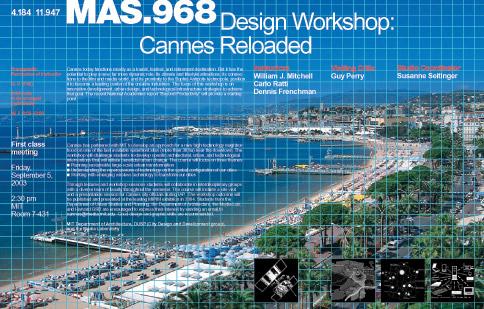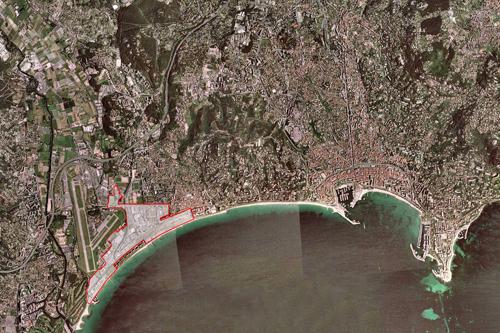

The swampy land of La Bocca did not attract significant development until the 19th century. Only the hill of St. Cassien was settled by monks whose monastery was destroyed before 1000. The famous mimosa plants (which bloom bright yellow in the winter) were cultivated in the Siagne valley. In the mid 1800s, two events changed La Bocca forever: In 1853, Cannes was connected to the railway. In 1857, a glass factory was established. The town’s population grew reaching 5,000 in 1937. By 1969, 15,000 residents lived in La Bocca. The last farms disappeared from the landscape towards the end of the 1970s. Today, the zone is a vital economic engine for the Cannes basin. The area has attracted more than 100 businesses including the largest regional concentration of nautical industries, France’s leading satellite producer Alcatel Space, and France’s second largest private airport after Le Bourget. Covering approximately 33 ha, the area on the waterfront developed haphazardly. With increasing redevelopment pressure, the City and others are questioning the uses on the site, which is located on prime real estate in close proximity to the ocean and downtown. Building on local and regional strengths, the workshop explored the potential for the site to become a high-tech incubator as well as a revitalized mixed-used urban neighborhood.